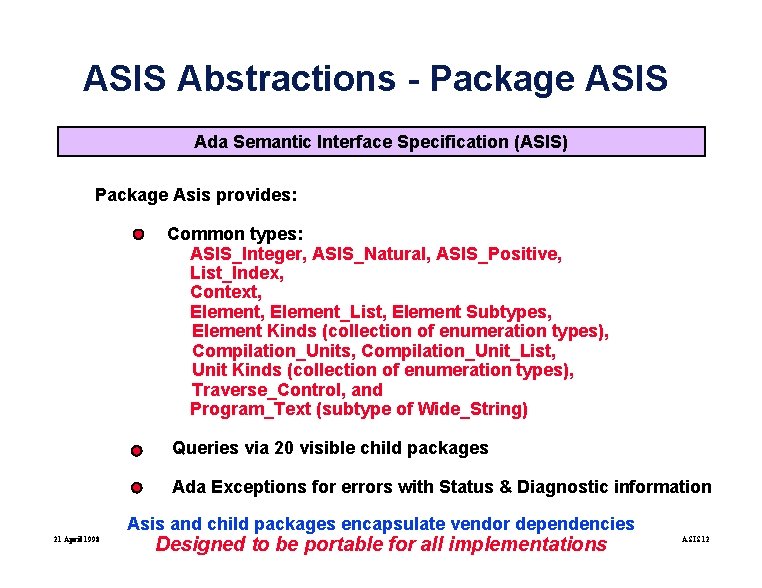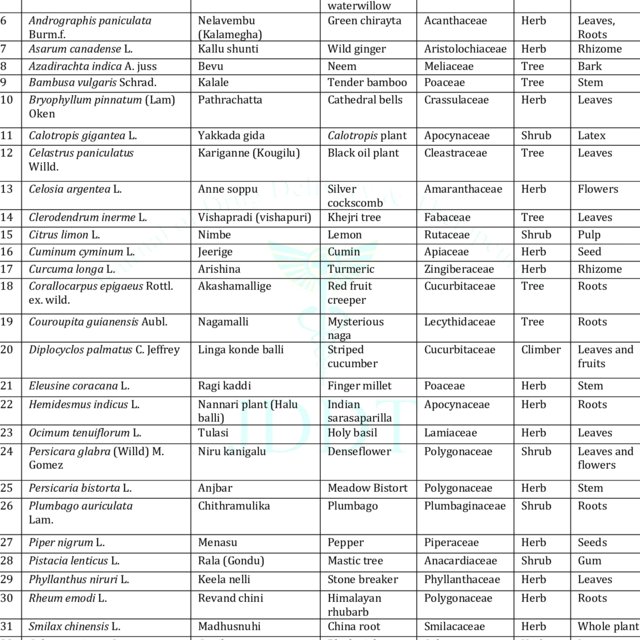
The language of a person with expressive aphasia can be described as “telemarketing”. The speech of a person with expressive aphasia becomes “telemarketing”. A person can speak clearly, but the words will be schematic. In extreme cases, the person will speak with only one word. In the past, patients often could not understand what they were saying.
Thanks to medical science, the state of pronounced aphasia has improved significantly. In the early stages of treatment, the focus was on the motor aspects of aphasia. The language aspect was left to the patients' discretion. This method led to serious complications such as dyslexia and poor language development. This is what inspired the use of medical treatment for severe aphasia.
Physiotherapy was one of the earliest treatments for severe aphasia. This method was usually performed in a hospital or by a physical therapist and involved the patient doing stretching exercises.
Speech therapy was another treatment for expressive aphasia. Patients were to undergo extensive therapy sessions, each lasting a couple of hours. The therapist will try to correct grammatical and spelling mistakes, as well as learn to speak with correct sentence structures. This helped the patients learn to read and write better.
The patient's response to stimulation was also investigated. The electrodes were placed on the patient's head. The electrodes were attached to a device that produced different tones to trigger a response from the patient. This was done to determine the patient's response to sound or touch.
Another test was to test the patient's motor function. The patient was asked to stand on one leg for 30 seconds. If the leg was painful to the patient, the physician knew this and moved the leg away from the painful area to see if the patient could stand on that leg again without pain.

As technology and research progressed, doctors were able to test the patients on various types of aphasia
These tests revealed that a number of aphasics had a motor deficit. or difficulty moving their body. in one or both directions. Aphasics were often diagnosed with Parkinson's disease.
Patients who had expressive aphasia often showed symptoms of aphasia before they were diagnosed with aphasia. Patients with motor deficits often experience aphasia due to a stroke or brain damage. However, some people with expressive aphasia do not suffer from motor deficiencies or disabilities.
Patients suffering from such neurological problems could be diagnosed as having an aphasia. However, it is important to note that such disorders can result in other problems such as depression or substance abuse. Another condition that may not show up on the test or diagnostic process of patients with expressive aphasia is epilepsy. Some patients may never experience seizures or have epilepsy.
Another test of the motor deficit of an individual with aphasia is called the "wiggle test". A patient is given a small electrical shock to the head when their head twitches in response to stimulus. The doctor determines the percentage of electrical impulses produced in the brain. When a person with expressive aphasia has this test, doctors will often find a deficit in the motor area of the brain.
This test can reveal any abnormality in the patient's brain activity. It can also show if the patient is suffering from Parkinson's disease.
Another method of testing the motor function of an individual with expressive aphasia is called functional MRI (MRI) scans. Functional MRI (FMRI) uses a radio frequency scanner to determine which parts of the brain are responding to stimulation.
The patient will lie still while a computer image of their brain tissue responds to a specific frequency. The scan reveals what areas of the brain are responding in response to stimulation.